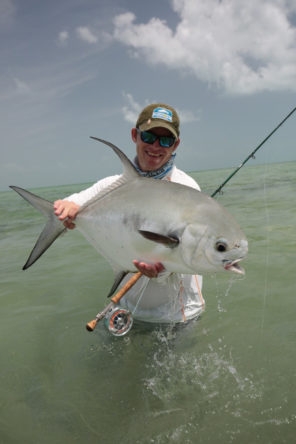Rates
Our services are provided absolutely free; booking a trip through Hemispheres Unlimited WILL NEVER COST YOU A SINGLE PENNY MORE than  booking it directly with the lodge or outfitter, but does reap the benefits of our extensive experience with that destination, as well as our ongoing support services available to you at any time prior to,
booking it directly with the lodge or outfitter, but does reap the benefits of our extensive experience with that destination, as well as our ongoing support services available to you at any time prior to,
during, or even after your trip.
SEASONS:
SPRING SEASON | JAN 29 – JUNE 4
SUMMER SEASON | JULY 9 – SEPT 10
FALL SEASON | OCT 1 – DEC 3; JAN 8 – JAN 29
RATES:
SHARED ROOM / SHARED BOAT
7 NIGHTS / 6 DAYS FISHING
$4500 Per Person
6 NIGHTS / 5 DAYS FISHING
$4000 Per Person
5 NIGHTS / 4 DAYS FISHING
$3500 Per Person
4 NIGHTS / 3 DAYS FISHING
$3000 Per Person
SHARED ROOM / PRIVATE BOAT
7 NIGHTS / 6 DAYS FISHING
$6000 Per Person
6 NIGHTS / 5 DAYS FISHING
$5250 Per Person
5 NIGHTS / 4 DAYS FISHING
$4500 Per Person
4 NIGHTS / 3 DAYS FISHING
$3750 Per Person
PRIVATE ROOM / SHARED BOAT
7 NIGHTS / 6 DAYS FISHING
$5550 Per Person
6 NIGHTS / 5 DAYS FISHING
$4900 Per Person
5 NIGHTS / 4 DAYS FISHING
$4250 Per Person
4 NIGHTS / 3 DAYS FISHING
$3600 Per Person
PRIVATE ROOM / PRIVATE BOAT
7 NIGHTS / 6 DAYS FISHING
$7050 Per Person
6 NIGHTS / 5 DAYS FISHING
$6150 Per Person
5 NIGHTS / 4 DAYS FISHING
$5250 Per Person
4 NIGHTS / 3 DAYS FISHING
$4350 Per Person
NON-ANGLER RATE
1 WEEK
$1750***Inquire about Shorter Week Non-Angling Packages
NOTE: The Palometa Club does not accommodate non-angling guests who are not accompanied by a fishing companion. Our non-angling programs are designed to keep non-angling guests entertained while a roommate is on the water fishing.
PRIVATE ROOM / SINGLE ANGLER SUPPLEMENTS
Private rooms are only available when the lodge is not completely booked with our maximum occupancy of twelve (12) guests.
$150 Per Room / Night
SOLO FISHING WITH SHARED ROOMS
$500 Total (Additional $250 per boat / per day)
With a seven-boat rotation, there are often solo fishing opportunities for our guests that are sharing a room. Many of the most ardent permit anglers will opt for a few days fishing solo as oftentimes this can translate to twice the shots at fish.
Example: Book a standard shared room / boat package and each angler pays additional $225/day to have their own boat. In the event only ONE boat is fishing solo, the cost is $500 / per day.
Note on Shorter Week Itineraries & Ground Transfers:
Stays of less than a week or arrival/departure on days other than Friday will often incur an additional transportation charge of $350 each way for vehicle. We encourage short week guests to arrive or depart on Friday to minimize any additional transfer costs.
WHAT’S INCLUDED
All Meals; Ground transportation to lodge; Happy hour beverages (Margaritas, Beer, Local Rum Drinks); Non-alcoholic beverages; Telephone Calls & Wireless Internet; Mexican VAT tax; Laundry Service
WHAT’S NOT INCLUDED
Commercial air to Cancun, Mexico; Additional alcoholic beverages outside of Happy Hour (BYOB welcome); Guide and staff gratuities; Fishing Tackle & Flies; Rental Rods & Reels Outfits ($20/day); Organized eco-tours; Any applicable Departure Taxes.